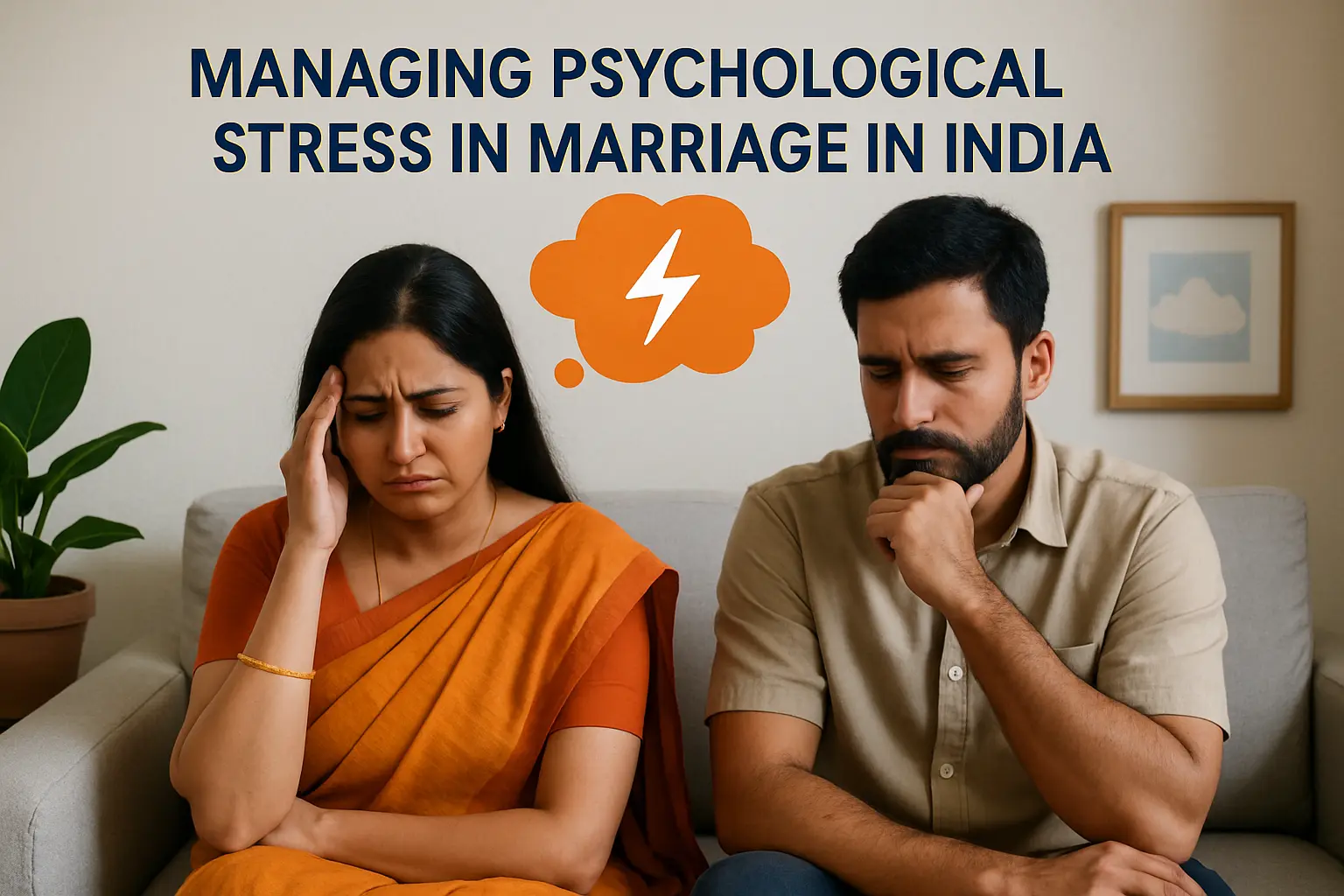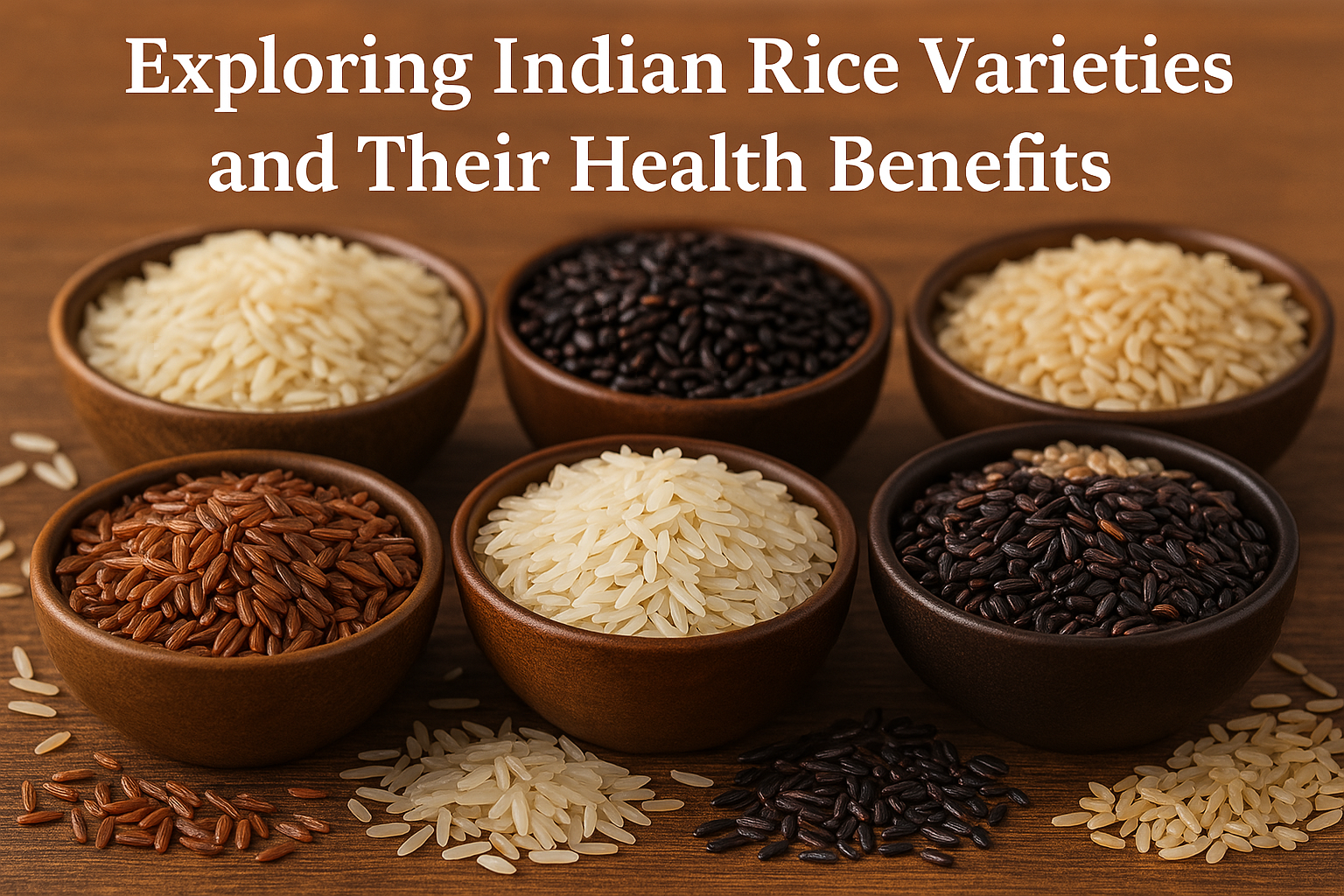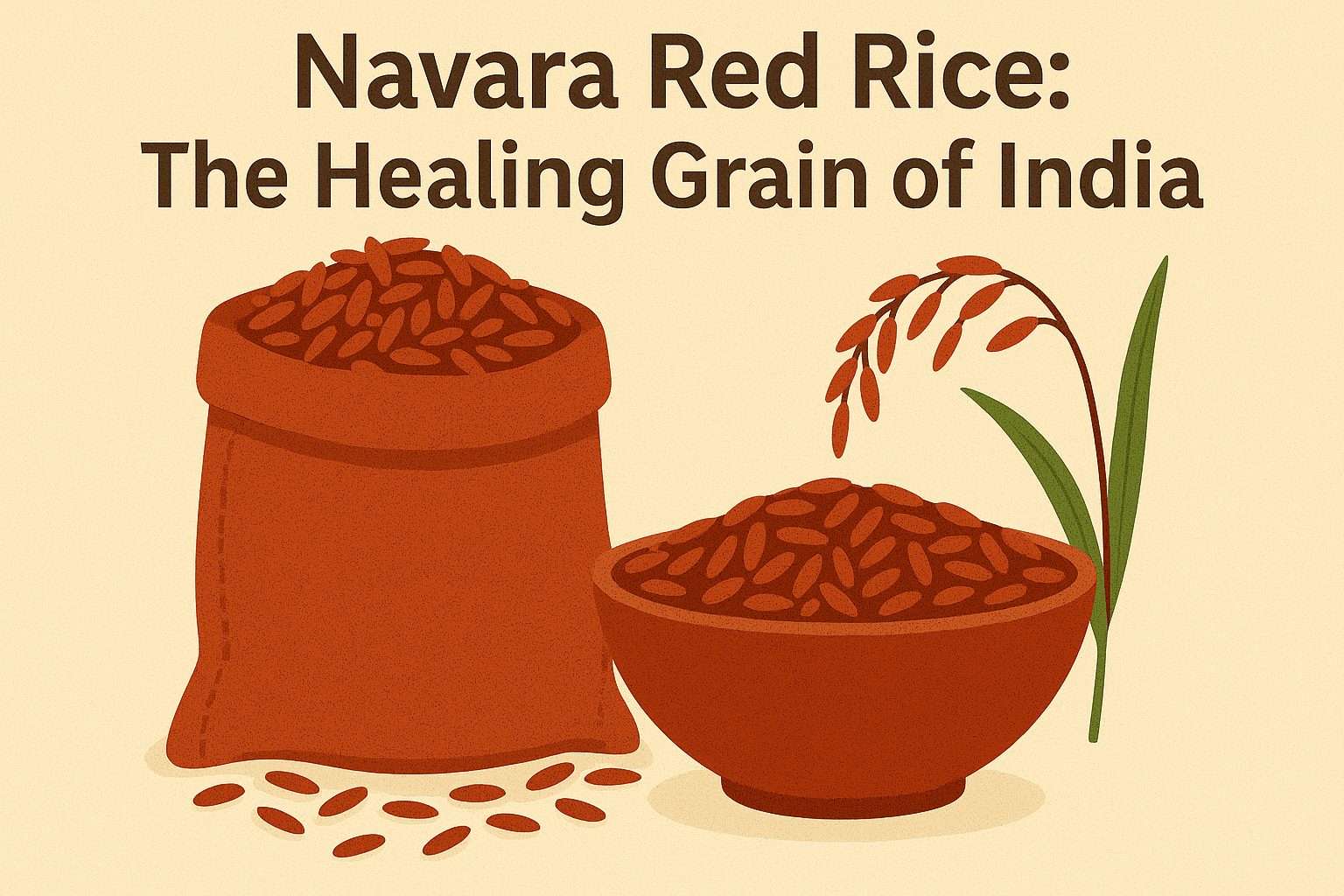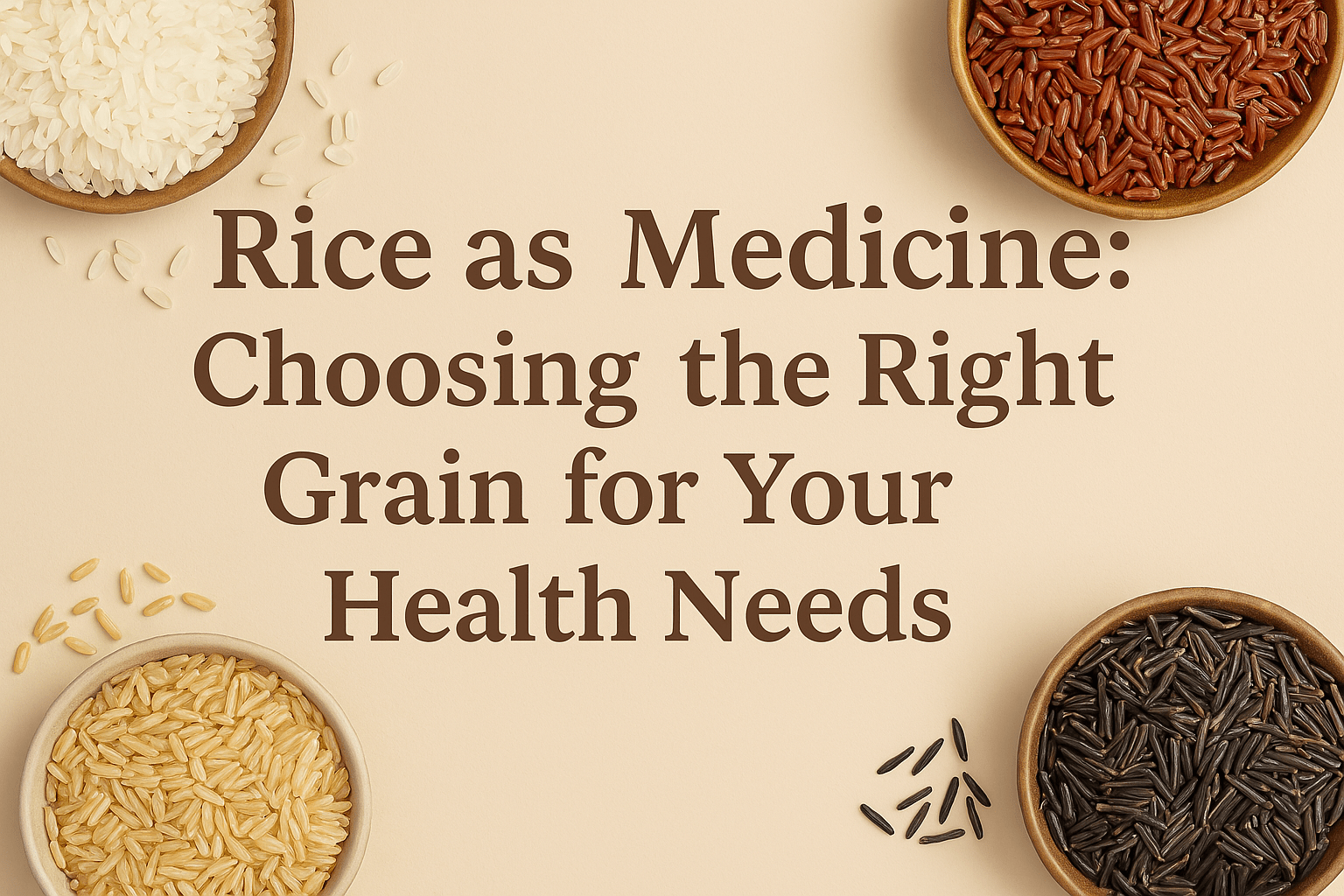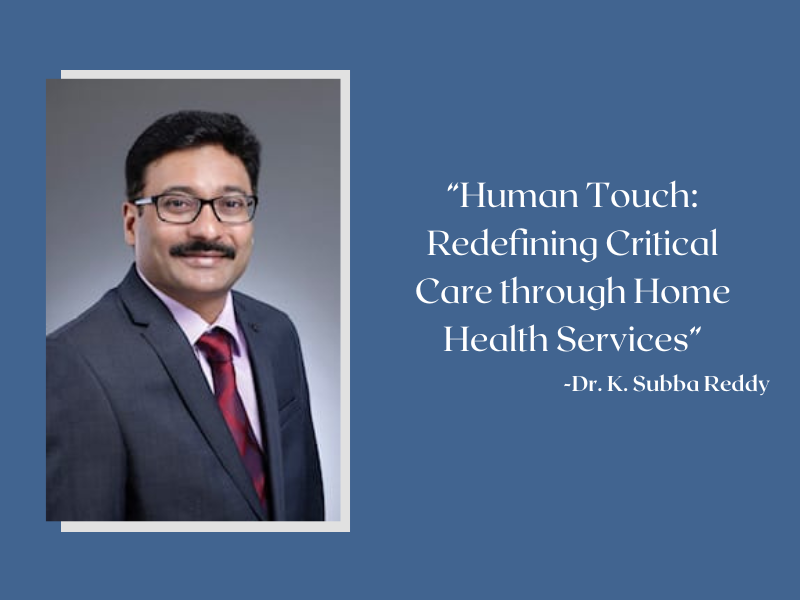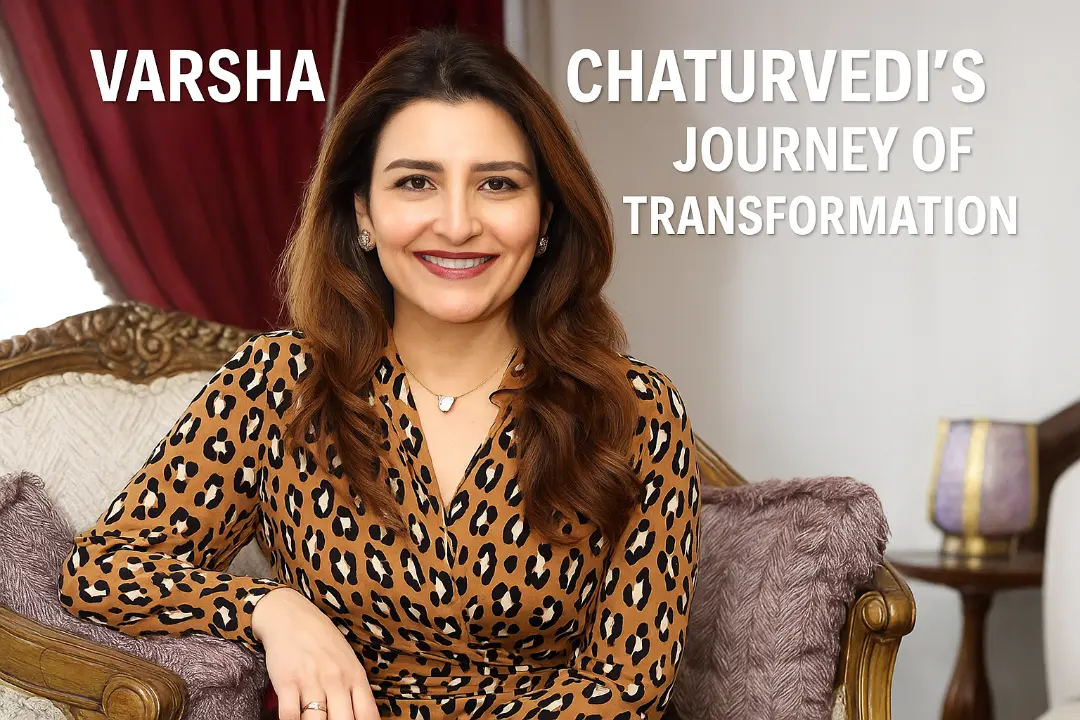Mugdha Godse opens up about the relationship between the “Complete Couple” that she forms with Rahul Dev. Speaking to LIPIKA VARMA, Mugdha shares her relationship mantra in an exclusive for HASHTAG INDIA.
My parents are fine with our live-in status. Parents want their kids to be happy. And if they see them being happy as a couple then there are no complaints. You can’t hide your happiness, and for parents that is enough.
What was the lockdown like for you?
I will come to Mumbai when the lockdown is over. Now I am caught up with sweeping and swapping and cooking at home. It’s not as bad as the first lockdown as this time maids are allowed. The whole Covid situation has taken us back to our roots and taught us all about life. We should do our own work and take care of our environment. There is nothing greater than health. All this realisation has happened in people owing to the recent development.

Are you looking to go on vacation now?
I remember I had a long holiday of about three months at home. We were sitting at home and relaxing. After the Pandemic is over it will be work time. Rahul has been working continuously. I have been working on, and off. We want to get busy and work. And then holidays will happen.
Is space important to you two as a couple?
Space is definitely crucial in a relationship. We have two sets of TV in different rooms so we can watch our own channels. We are not one of those who sit and watch TV together, because our watching interests are very different. We are from the industry so it’s homework for us to watch films and shows. I like watching series, right from chick flicks and light comedy and murder mysteries. And he likes watching movies. Generally, it depends on mood. I want to watch horror films and probably he doesn’t want to watch that, so why force him to watch it. I am a morning person and he is a night person. I do my yoga, and chanting. He has his set of time for his gym. We don’t like disturbing each other’s personal space.

You guys are the poster couple for live-in relationships. How have you managed to make it work, especially in the industry?
We were open about our relationship, but we never blabbered about it unnecessarily. It’s a personal decision. Everyone has their own comfort zone. We are very happy together. That’s what matters whether you are living in or married or just dating, being happy together and enjoying each other’s space is the ultimate goal.”
What perfection do you find in Rahul?
He is a very simple person. He just goes with the flow. It’s easy to understand each other’s work style and space our thought process. We are deeply connected spiritually.
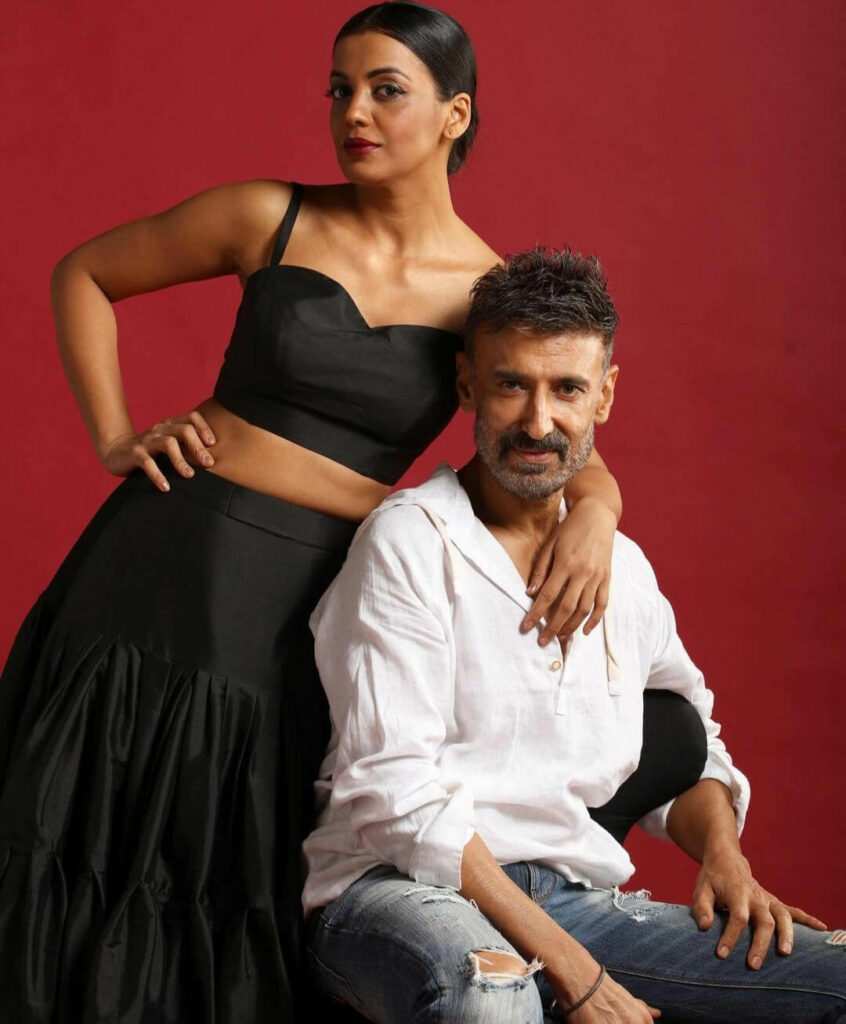
Rahul is older than you so do you feel he handles you with care as a partner?
Age is just a number. Actual age is what we think and do. As long as you connect with each other, that age does not matter. I guess I didn’t even realise when we were dating. He is older, and he did mention it initially. But then it didn’t really matter to me. There is something that got us well connected. There are so many couples in our industry with age differences.


